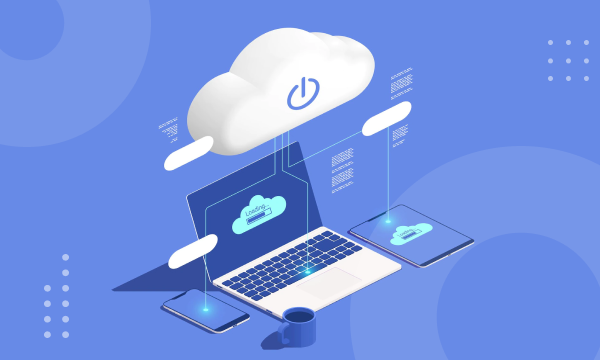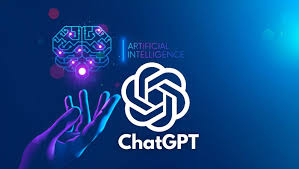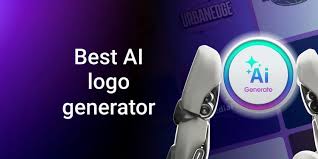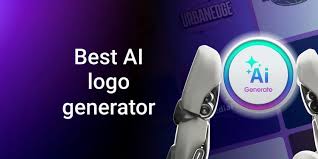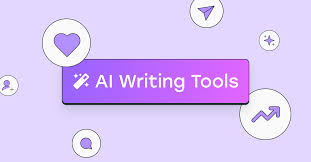Best Big Data Tools: Top 10 for Efficiency Enhancement
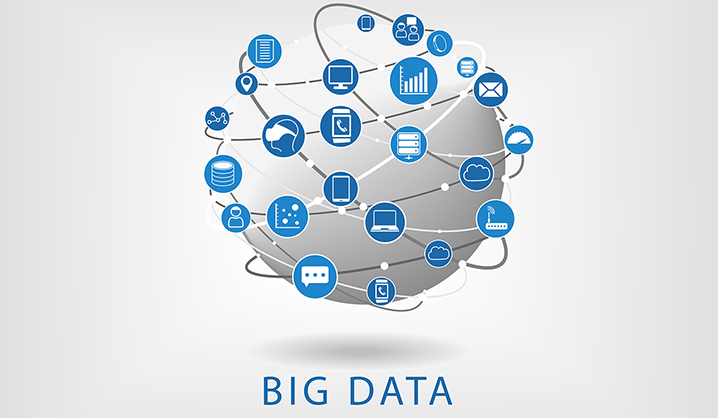
As organizations grapple with exploding data volumes, choosing the right big data tools becomes mission-critical. Whether you need to orchestrate complex ETL pipelines, query petabyte-scale stores, or deliver real-time insights, the right big data analytics tools streamline operations and unlock value.
In this guide, we spotlight the top 10 big data tools for efficiency enhancement, detailing features, strengths, and trade-offs. From Hadoop’s enduring storage backbone to Flink’s low-latency stream processing, you’ll gain clarity on which tools of big data analytics best fit your use case. Read on to transform raw data into competitive advantage!
Top 10 Big Data Tools for Efficiency Enhancement
You’re now familiar with Airflow’s role in automating ETL workflows. Up next, we’ll explore nine more leading big data tools—each tailored to streamline processing, analytics, or visualization—so you can build an end-to-end stack that maximizes efficiency and insights.
1. Apache Airflow
Airflow is a Python-based workflow orchestration platform that uses Directed Acyclic Graphs (DAGs) to schedule and monitor complex data pipelines—essential for ETL automation in modern analytics stacks.
Features:
-
DAG-centric task scheduling with backfilling and retries
-
Web UI for pipeline visualization and troubleshooting
-
Pluggable executors for Kubernetes, Celery, Local, and more
Pros & Cons:
-
Pros: Highly extensible; rich integrations; strong community support
-
Cons: Steep learning curve; Python-only DAGs
2. Delta Lake
Delta Lake brings ACID transactions and schema enforcement to data lakes, enabling reliable batch and streaming pipelines on top of Apache Parquet storage—forming a true lakehouse architecture.
Features:
-
ACID transactions and time travel on parquet tables
-
Lakehouse support for batch & streaming unify workloads
-
Open table format compatible with Spark, Presto, Trino
Pros & Cons:
-
Pros: Data reliability; unified batch/stream; open ecosystem
-
Cons: Spark-centric; requires cluster resource management
3. Apache Drill
Drill is a low-latency SQL query engine capable of interactive analytics across Hadoop, NoSQL stores, and cloud object storage—ideal for ad-hoc exploration of diverse datasets.
Features:
-
Schema-free JSON and Parquet querying
-
ANSI SQL support with standard ODBC/JDBC drivers
-
Pluggable storage format and plugin architecture
Pros & Cons:
-
Pros: Flexibility; no upfront schema; works with BI tools
-
Cons: Performance variability at scale; cluster overhead
4. Apache Druid
Druid is a high-performance, column-oriented data store designed for real-time analytics, supporting low-latency queries on streaming and batch data with built-in OLAP capabilities.
Features:
-
Real-time data ingestion with Kafka and Kinesis connectors
-
Native inverted indices and bitmap indexing
-
Sub-second aggregations and filtering
Pros & Cons:
-
Pros: Ultra-low query latency; multi-tenant; scalable
-
Cons: Complex deployment; memory-intensive
5. Apache Flink
Flink is a stream processing framework offering exactly-once semantics, event-time processing, and high throughput—powering real-time analytics, CEP, and machine learning pipelines.
Features:
-
Stateful stream processing with checkpointing
-
Unified API for batch and stream jobs Informa
-
Native connectors for Kafka, Cassandra, JDBC
Pros & Cons:
-
Pros: True streaming; fault tolerance; high throughput
-
Cons: Steeper learning curve; operational complexity
6. Apache Hadoop
Hadoop remains a foundational big data framework, offering HDFS for distributed storage and MapReduce/YARN for batch processing—supporting large-scale ETL and archival workloads.
Features:
-
HDFS distributed file system with replication
-
YARN resource management for multi-tenant clusters
-
MapReduce and ecosystem (Hive, HBase)
Pros & Cons:
-
Pros: Proven at scale; broad ecosystem; cost-effective for large data
-
Cons: High latency; complex ops; aging model
7. Apache Hive
Hive provides a SQL-like interface over Hadoop data, offering ACID tables, vectorized query execution, and integration with Tez and Spark—bridging SQL skills to big data Informa.
Features:
-
HiveQL with ACID support and table transactions
-
LLAP (Low Latency Analytical Processing) for performance
-
Integration with BI tools and JDBC/ODBC
Pros & Cons:
-
Pros: SQL familiarity; ecosystem integration; batch & interactive modes
-
Cons: Moderate latency; dependency on Hadoop
8. HPCC Systems
HPCC Systems (LexisNexis) offers a data refinery (Thor) and data delivery (Roxie) architecture, with ECL language for high-performance ETL and real-time query workloads.
Features:
-
Thor for data cleansing and transformation
-
Roxie for low-latency query serving
-
ECL language optimized for data flows
Pros & Cons:
-
Pros: Integrated platform; high performance; strong data governance
-
Cons: Smaller community; learning ECL required
9. Apache Hudi
Hudi enables incremental data ingestion, upserts, and ACID transactions on data lakes, reducing ETL complexity and supporting time-travel queries for historical analysis.
Features:
-
ACID operations on data lake storage
-
Hudi Hive Sync and Spark integration
-
Incremental pulls and compaction support
Pros & Cons:
-
Pros: Efficient upserts; data freshness; time travel
-
Cons: Spark dependency; community smaller than Delta Lake
10. Apache Kylin
Kylin is an OLAP engine for big data, offering pre-computed cubes and ANSI SQL querying over Hadoop data—delivering millisecond-level response times for BI dashboards.
Features:
-
Cube building for fast aggregations
-
Integration with Tableau, Power BI, and Superset
-
Support for real-time data ingestion
Pros & Cons:
-
Pros: Very low query latency; familiar SQL interface; strong BI integration
-
Cons: Cube build time; storage overhead
To facilitate a clear comparison of the top 10 big data tools discussed, here's a comprehensive summary table highlighting their primary functions, key features, and notable advantages and disadvantages:
| Name | Core Features | Pros & Cons | Best Use Cases |
| Apache Airflow | - Python-based workflow orchestration - DAG scheduling with retries - Web UI for monitoring - Multiple executor options |
✅ Highly extensible, strong community ❌ Steep learning curve |
ETL pipeline automation |
| Delta Lake | - ACID transactions for data lakes - Unified batch/stream processing - Open table format - Time travel feature |
✅ Data reliability, Spark integration ❌ Spark dependency |
Lakehouse architectures |
| Apache Drill | - Schema-free SQL query engine - ANSI SQL support - Multiple data source connectors |
✅ Flexible, no schema required ❌ Performance varies |
Ad-hoc data exploration |
| Apache Druid | - Column-oriented real-time analytics - Sub-second query latency - Built-in OLAP capabilities |
✅ Ultra-fast queries, scalable ❌ Complex deployment |
Real-time analytics dashboards |
| Apache Flink | - Stateful stream processing - Exactly-once semantics - Unified batch/stream API |
✅ True streaming, fault-tolerant ❌ Operational complexity |
Real-time event processing |
| Apache Hadoop | - HDFS distributed storage - MapReduce/YARN processing - Broad ecosystem (Hive, HBase) |
✅ Proven at scale, cost-effective ❌ High latency |
Large-scale batch processing |
| Apache Hive | - SQL interface for Hadoop - ACID table support - LLAP for performance |
✅ SQL familiarity, BI tool integration ❌ Moderate latency |
SQL-on-Hadoop solutions |
| HPCC Systems | - Thor (ETL) and Roxie (query) - ECL programming language - Integrated data platform |
✅ High performance, strong governance ❌ Niche language |
Enterprise data processing |
| Apache Hudi | - Incremental data processing - ACID transactions on data lakes - Time travel queries |
✅ Efficient updates, fresh data ❌ Smaller community |
Change data capture (CDC) |
| Apache Kylin | - OLAP cube pre-computation - Millisecond query response - BI tool integration |
✅ Extreme speed for aggregates ❌ Cube build overhead |
BI and dashboarding |
Key Takeaways:
-
Workflow Orchestration: Apache Airflow
-
Data Lake Management: Delta Lake, Apache Hudi
-
Real-Time Analytics: Apache Druid, Apache Flink
-
SQL Interfaces: Apache Hive, Apache Drill
-
Batch Processing: Apache Hadoop
-
OLAP: Apache Kylin
Performance Considerations:
-
Lowest Latency: Apache Druid (sub-second), Apache Kylin (milliseconds)
-
Highest Throughput: Apache Flink (streaming), Apache Hadoop (batch)
-
Most Flexible: Apache Drill (schema-free), Apache Airflow (extensible)
6 Key Factors to Consider Before Selecting the Best Big Data Tools
You’ve explored the leading big data platforms—now it’s time to focus on the foundational criteria that determine their real-world effectiveness. From handling massive data spikes to delivering fast query responses under load, the right combination of distributed architecture and optimized engines can make all the difference in sustaining performance at scale.
-
Scalability & Performance
Ensure tools handle your peak data volumes and query loads—look for distributed architecture and low-latency engines. -
Ecosystem & Integration
Favor tools that play well with your existing stack (Spark, Hadoop, BI platforms) and offer robust connectors. -
Ease of Use & Community Support
Strong documentation, active forums, and managed offerings reduce time to value. -
Data Consistency & Governance
ACID compliance, schema enforcement, and lineage tracking are critical for reliable analytics. -
Cost & Licensing
Compare open-source vs. commercial editions; account for infrastructure and cloud-service fees. -
Visualization & Analytics
Pair with leading big data visualization tools like Tableau, Power BI, or open-source Grafana for actionable insights.
Conclusion
From workflow orchestration with Apache Airflow to real-time analytics via Druid and interactive SQL on Trino, these big data analysis tools form the backbone of modern data platforms. By weighing scalability, ecosystem fit, and total cost, you can select the best big data tools to accelerate insights and drive value.
Ready to modernize your data pipeline? Test-drive these tools in your environment and unlock the full potential of your data today! By the way, if you are looking for cloud computing service providers, Starrpicks also has you covered.
FAQs
-
What are big data analytics tools?
They are software platforms designed to collect, process, analyze, and visualize large and complex datasets to extract insights and drive decisions.
-
Which are the top big data tools?
Industry leaders include Hadoop, Spark, Flink, Druid, Airflow, Delta Lake, and emerging engines like Trino and Hudi.
-
What is a big data visualization tool?
A tool like Tableau, Power BI, or Grafana that transforms processed data into charts, dashboards, and interactive reports for end-users.
-
How do I choose big data tools for analysis?
Assess your data volume, real-time requirements, existing tech stack, and skill sets—then match them to tools offering the right balance of performance, ease of use, and cost.
-
Are big data tools free?
Many foundational tools (Hadoop, Spark, Flink, Airflow, Hive) are open source; enterprise editions and managed services incur licensing and cloud-service fees.

